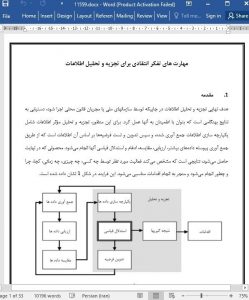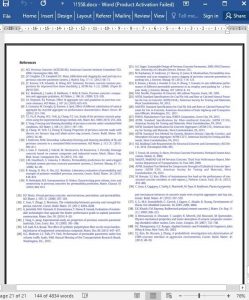1. Introduction
Whether performed by national agencies or local law enforcement, the ultimate objective of intelligence analysis is to develop timely inferences that can be acted upon with confidence. To this end, effective intelligence analysis consists of integrating collected information and then developing and testing hypotheses based on that information through successive iterations of additional data collection, evaluation, collation, integration and inductive reasoning. The desired end products are inferences that specify the who, what, when, where, why and how of the activity of interest and lead to appropriate actions. This process is illustrated in Figure 1.
While in the last couple of decades a number of useful tools have been developed to aid in data collection, evaluation, collation and integration, analysis remains highly dependent on the cognitive capabilities, specifically the critical thinking skills, of the human analyst. For this reason, it is important to understand the inherent capabilities and limitations of the analyst and, in particular, the cognitive challenges of intelligence analysis that must be overcome through training in and application of critical thinking (Harris, 2006a, 2006b; Heuer, 1999; Moore, 2007).
7. Conclusions
In the last couple of decades a number of useful tools have been developed to support the intelligence process, encompassing the functions of data collection, evaluation, collation and integration. However, intelligence analysis remains highly dependent on the cognitive capabilities, specifically the critical thinking skills, of the human analyst. For this reason, it is important for the success of the process to understand the inherent capabilities and limitations of the analyst and, in particular, the challenges that must be overcome through the application of cognitive ergonomics to the design of analysis systems and in the training of critical thinking skills.










